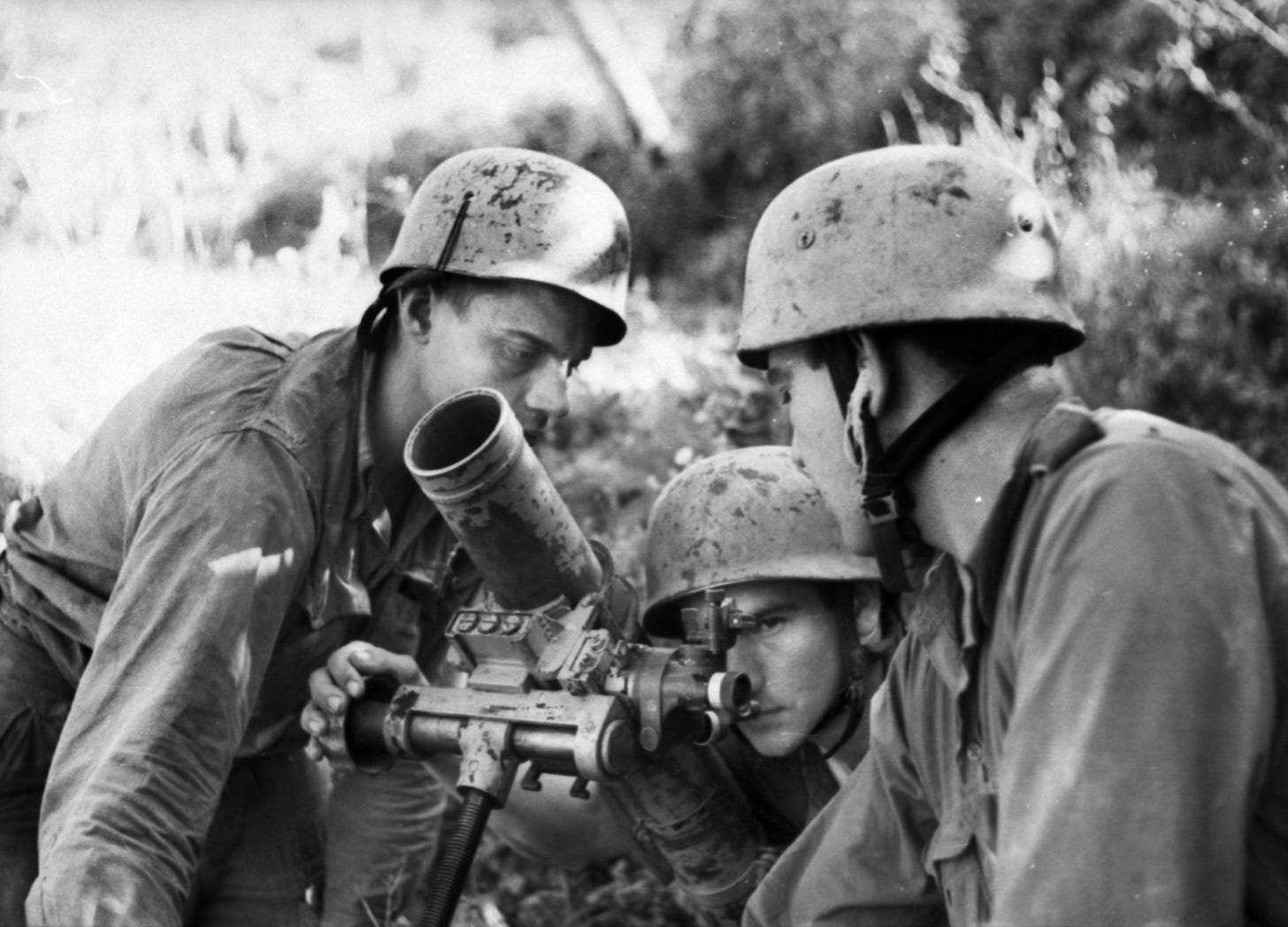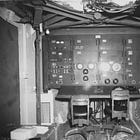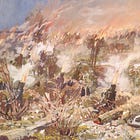Repurposing Radar (III)
A Minor Mortar Mystery
Late in November of 1944, the commanding officer of the 12th Antiaircraft Artillery Group described the way one of his own units had employed antiaircraft radar for terrestrial purposes.
General
The XIX Corps used one radar SCR-584 unit of the 217th Antiaircraft Artillery Gun Battalion, which was engaged in a secondary mission, to locate mortars and road movements in enemy territory.
Installation
The SCR-584 trailer was emplaced in a sunken road perpendicular to and near the enemy lines. Continuous observation both day and night was maintained.
Operation
Against mortars. A few mortar trajectories were observed in the radar scopes. This phase of the operation was not deemed successful due to the meager results obtained and the danger of damage to such large and expensive equipment so close to the front lines.
Against road movements. Every movement on the roads on the high ground to the east was observed in the scopes. Movement was particularly evident at night. When our artillery fire was brought down on the movement, it ceased in every case. Had the terrain been flat, it is believed that the detection of movements would have been more difficult.
By itself, this report continues the tale of front-line experimentation begun in the first installment of this series. However, when read in company with an article about a British program to use anti-aircraft radar sets to locate hostile mortars in Normandy, it presents a couple of minor mysteries. First, I find myself wondering if the Americans repurposing radar sets knew little, if anything, of contemporary British efforts. Second, I am not sure if the greater attention paid by British soldiers to the problem posed by German mortars in Normandy reflected a different reality or an alternate way of making sense of the same situation.
Sources
‘Immediate Report Number 5 (Combat Observations), 29 November 1944’ Immediate Reports of Combat Observations 130 to 1 (Combined Arms Research Library)
Terry Copp ‘Counter-Mortar Operational Research in the 21 Army Group’ Canadian Military History (Volume 3, Issue 2 - 1994) (Wilfred Laurier University)
For Further Reading







🤖 found no collaboration.
However it did find a US mortar locating radar.
Wiki
“Although it was a task that the MIT Radiation Laboratory considered impossible to finish before the end of the war, the engineers at the Evans Signal Laboratory modified the AN/TPS-3 into a mortar-locating radar known as the AN/TPQ-3. According to Zahl, the engineers at the lab worked almost 96 hours of non-stop effort to prepare the AN/TPQ-3 in time for deployment in the Pacific. The AN/TPQ-3 is considered the first prototype radar unit for mortar protection”
https://en.wikipedia.org/wiki/VT-158
A mystery! 🕵🏻♀️